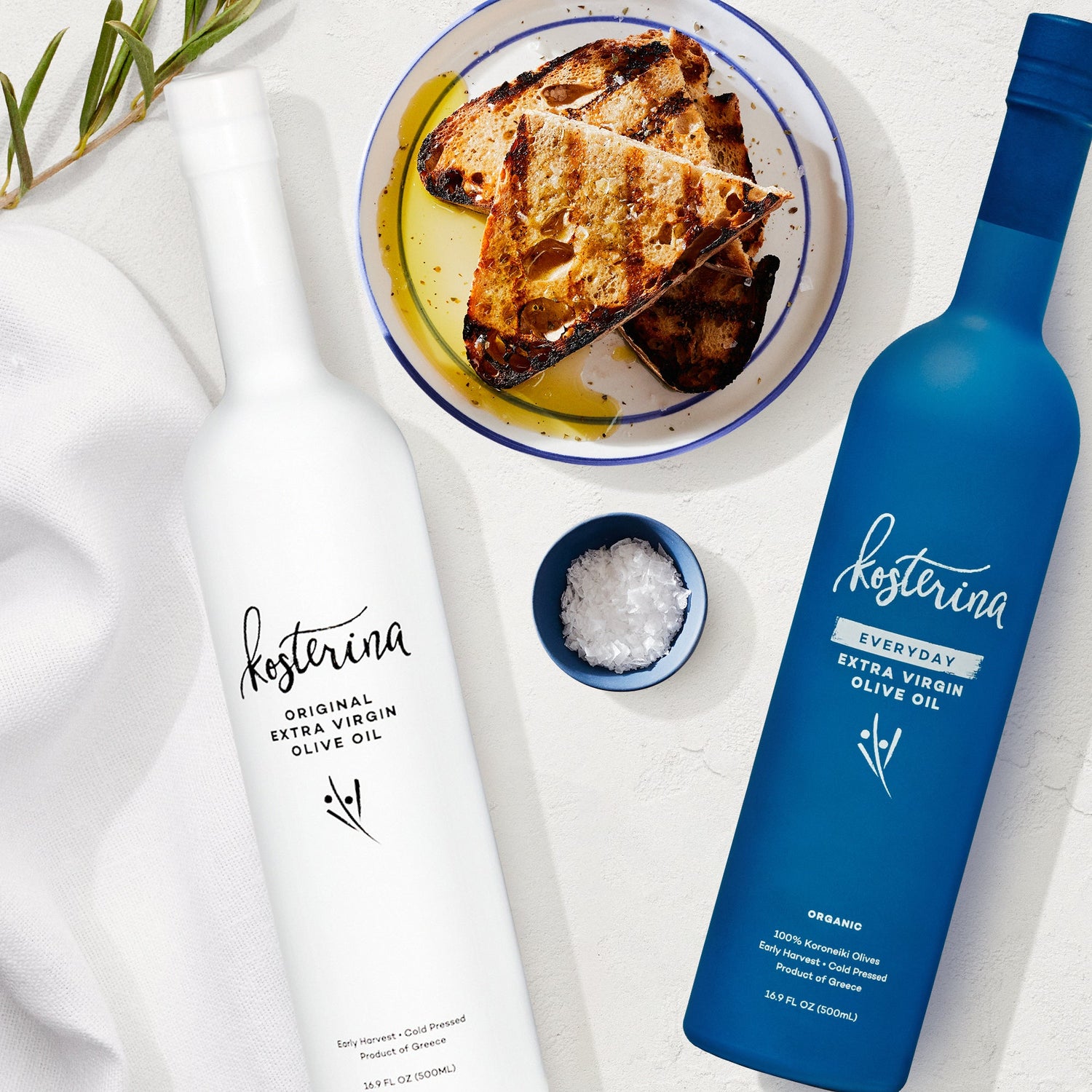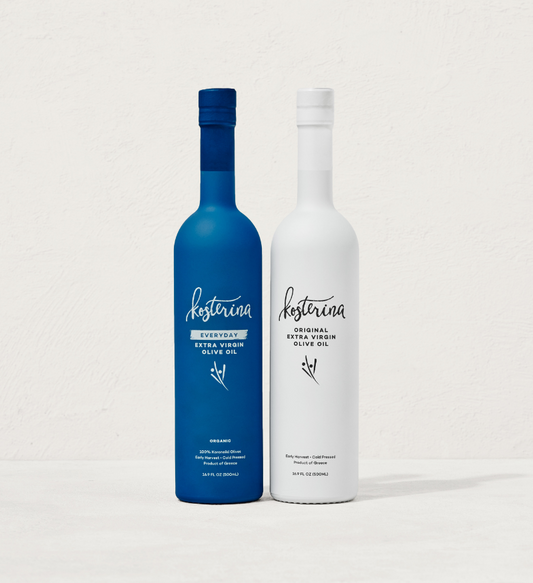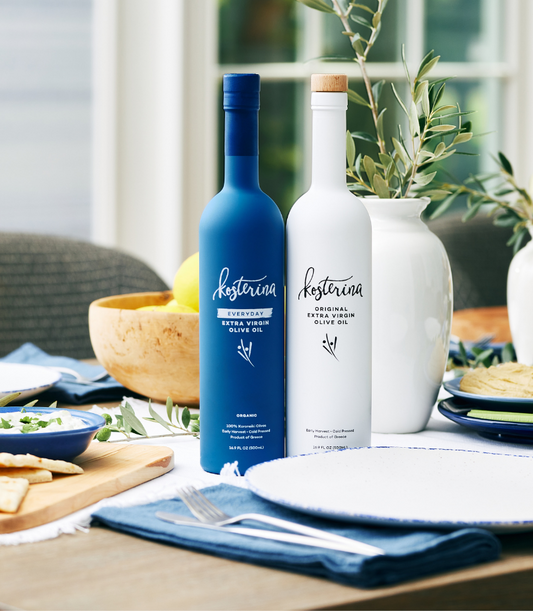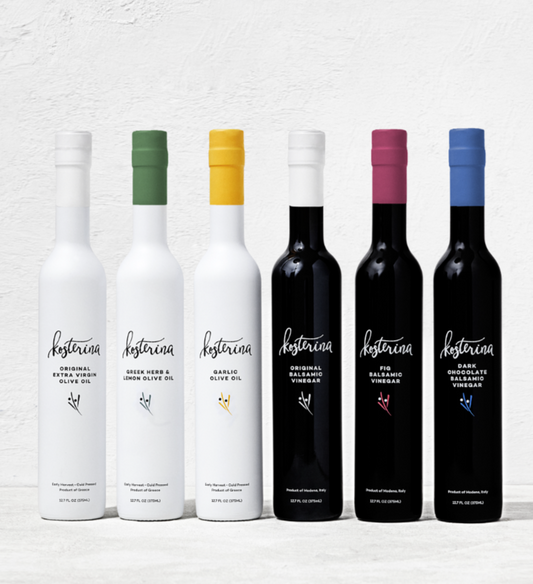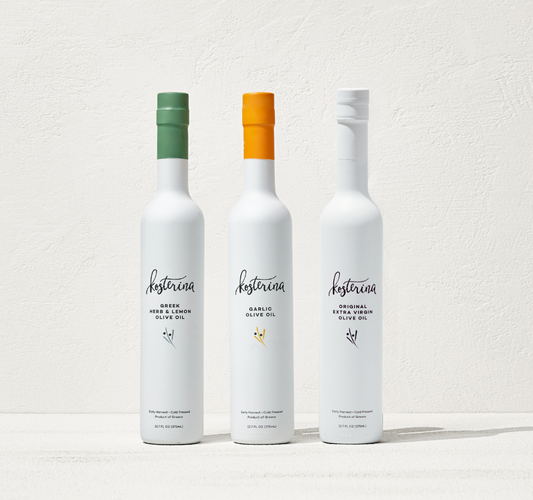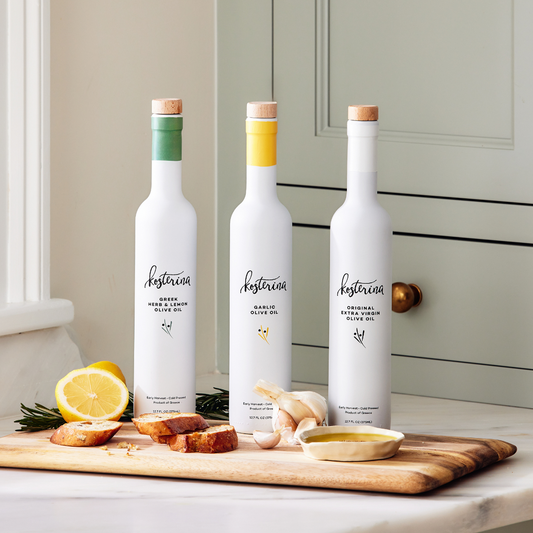When we think about nutrition, protein usually gets the spotlight. Healthy fats (hello, extra virgin olive oil) are finally getting their due credit, too. But there’s one nutrient that’s just as essential — and too often forgotten: fiber.
Fiber isn’t flashy, but it’s a game-changer for your health, especially when it comes to gut health, blood sugar balance, and longevity. In fact, Dr. Will Bulsiewicz, gastroenterologist and author of Fiber Fueled, says: “The single greatest predictor of a healthy gut microbiome is the diversity of plants in your diet.” News flash: that means fiber!
What Fiber Does for Your Gut Microbiome
Your gut is home to trillions of microbes that help digest food, regulate your immune system, and even impact your mood. Fiber is their favorite food. When you eat fiber-rich plants, your gut bacteria ferment those fibers into short-chain fatty acids (SCFAs) like butyrate, which: Dr. Will Bulsiewicz said, eating lots of different sources of fiber is great for gut health because certain foods feed "specific families of microbes and lifts them up."
Ok here’s some science coming your way – SCFAs act like molecular messengers. They are a biochemical bridge connecting what you eat with how your gut, immune system, and even your brain function.
- Reduce inflammation. SCFAs (especially butyrate) suppress pro-inflammatory pathways by inhibiting histone deacetylases (HDACs) and activating G-protein coupled receptors that regulate immune cells.
- Improve insulin sensitivity. SCFAs help regulate glucose homeostasis and improve insulin sensitivity by influencing metabolic signaling and promoting GLP-1 production
- Strengthen the gut lining. Butyrate fuels colonocytes (the cells of your intestinal lining), helps maintain tight junctions, and enhances barrier integrity, protecting against “leaky gut”
- Support brain health. SCFAs play a role in the gut-brain axis, modulating neuroinflammation, mood, and cognition, and even influencing the blood-brain barrier
Translation: more fiber means happier gut bugs — and a healthier you.
PFF: Protein, Fat & Fiber — The Holy Trinity
At Kosterina, we talk a lot about the magic trio: protein, fat, and fiber (PFF). (Thank you to our favorite nutritionist, Robert Yang @robertyang for forever ingraining this into our memory).
- Protein builds and repairs tissues.
- Fat (especially EVOO!) supports hormones, brain health, and nutrient absorption.
- Fiber slows digestion, keeps blood sugar steady, and feeds your microbiome.
When all three are on your plate, you stay fuller for longer, avoid sugar crashes, and give your gut the fuel it needs to thrive.
👉 Related read: Why You Should Add EVOO Into Your Morning Routine
Zen Basil Seeds: A Fiber Superstar
One sneaky way to up your fiber game? Zen Basil Seeds. Just one tablespoon has about 7 grams of fiber — more than one cup of cooked broccoli! When soaked, they form a gel-like texture, making them a fun and filling addition to smoothies, overnight oats, or yogurt bowls.
They’re especially rich in soluble fiber, which regulates digestion and nourishes the “good bugs” in your gut.
Zen Basil Seed Fun Facts:
- These superstars have 15 grams of fiber per serving. In one of our favorite books "Good Energy", Dr. Casey Means mentions using the Zen Basil brand. She states, "Best sources to maximize fiber: Basil seeds (15 grams of fiber per 2 tablespoons; I use Zen Basil brand)." Check out our review of Good Energy here.
- Swelling seeds increase satiety and encourage weight loss
- Basil seeds are loaded with prebiotics that fuel your organic probiotics - cheers to better gut health!
- This hefty dose of fiber eases digestion and help flush out toxins
How Much Fiber Do You Really Need?
Here’s the catch: most Americans get only about 15 grams per day total, far below the recommended amount.
Below are the minimum recommendations according to the Academy of Nutrition and Dietetics:
- Women: 25g/day
- Men: 38g/day
That’s a big gap to fill — but with the right foods, it’s easier than you think.
Fun Fact: Cooking your veggies doesn’t destroy fiber — it actually concentrates it! Heat shrinks the volume of vegetables, so one cup of cooked broccoli delivers more fiber than a cup of raw. More veggies per bite = more fiber for your gut microbes to love.
Top High-Fiber Foods
|
Food |
Serving Size |
Fiber (g) |
|
Lentils (cooked) |
1 cup |
15.6 g |
|
Black beans (cooked) |
1 cup |
15 g |
|
Chickpeas (cooked) |
1 cup |
12.5 g |
|
Avocado |
1 medium |
10 g |
|
Raspberries |
1 cup |
8 g |
|
Oats (rolled, dry) |
1 cup |
8 g |
|
Pear |
1 medium |
6 g |
|
Broccoli (cooked) |
1 cup |
5 g |
|
Chia seeds |
1 tbsp |
5 g |
|
Zen Basil seeds |
1 tbsp |
7 g |
Fiber: The Unsung Hero of Your Plate
Fiber may not get splashy headlines like protein or omega-3s, but it’s one of the most powerful nutrients for long-term health.
Dr. Mark Hyman puts it best, “Food is not just calories, food is information.” Fiber tells your gut microbiome to thrive, and when your microbiome thrives, so do you.
Instead of overlooking fiber, think of it as your secret wellness weapon. Try mixing lentils into soups, sprinkling chia seeds on yogurt, or adding an extra serving of greens at lunch and dinner. Small swaps add up — and your gut will reward you with increased energy, resilience, and vibrant health.
Peace, Love & EVOO,
Katina and the Kosterina Team
